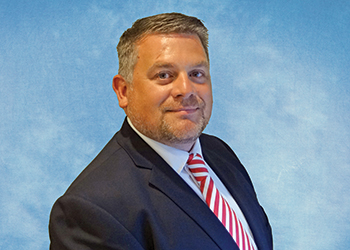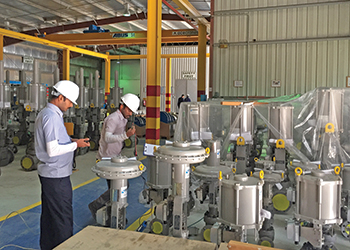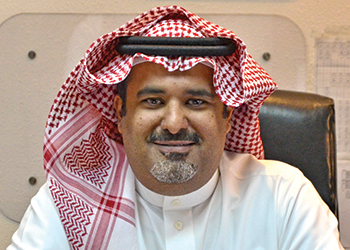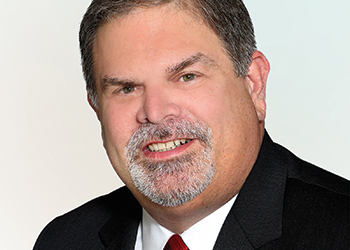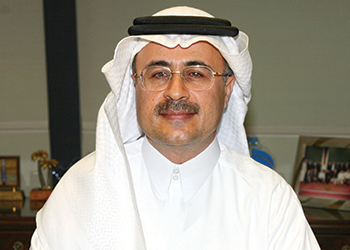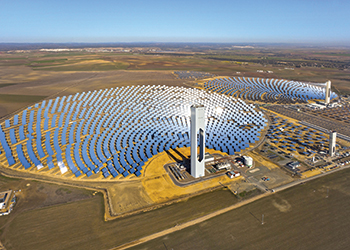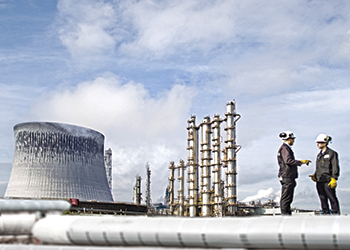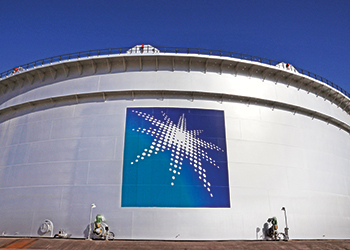
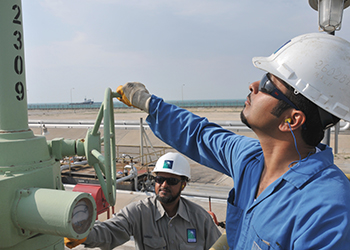 Aramco ... planning to cut subsidies
Aramco ... planning to cut subsidies
Of the more than 10 million barrels per day (mbpd) of crude oil Saudi Arabia produces, domestic consumption accounts for a whopping 1.5 mbpd-2 mbpd
A shifting of the domestic energy subsidy burden from Saudi Aramco to the government and a dramatic cut in the company’s tax rate are among the key reforms that will need to be made before a planned initial public offering (IPO) of Aramco next year, according to people familiar with the matter.
As a state-owned company, Aramco carries social responsibility for energy supplies to the kingdom and is left with a hefty subsidy bill. But this would need to change if the company is to go ahead with the plan to list a 5 per cent stake on the stock market, to make the company more profitable and more attractive to investors.
One well-placed source says the plan so far is to shift the subsidies from Aramco to the state itself, which could then use proceeds from the IPO and profits from subsequent investments to cover the subsidy cost.
Of the more than 10 million barrels per day of crude oil Saudi Arabia produces, domestic consumption accounts for around 1.5 mbpd-2 mbpd. These volumes, along with gas for power generation, are provided by Aramco at subsidised rates.
The company has never disclosed the full extent of its subsidy burden but according to the 2017 Saudi budget released last month, continued reforms in the energy and water sectors will eventually save the kingdom 209 billion riyals ($55.7 billion) annually by 2020.
Aramco plans to publish its 2015 and 2016 financial statements, initially, to give potential investors in what has been dubbed the world’s biggest IPO a fuller insight into its finances. This may include details on spending and social service costs.
Its subsidy bill is already lighter than it was a couple of years ago. In early 2016, the price of methane feedstock was raised to $1.25 per million Btu from 75¢/mmBtu, and ethane feedstock was increased by more than doubled from 75¢/mmBtu to $1.75/mmBtu.
Eventually, the Saudi government is looking at increasing the prices of local retail fuels by linking them to benchmark oil prices or to the average of gasoline and diesel prices on the international market.
Other restructuring that needs to be undertaken includes detaching Aramco from all its "social project" roles, such as the building of soccer stadia, housing units and hospitals. Sources at Aramco-run hospitals in Saudi Arabia tell IOD that they may soon open to the wider public to generate revenue instead of only treating Aramco employees and their families.
A Saudi consultant advising Deputy Crown Prince Mohammed bin Salman says that the process is "very complex" and questions raised by investors and the press at this moment will not be fully answered as the plan is still not finalised.
Last month, Prince Mohammed, who is spearheading the Saudi Vision 2030, met with a number of local journalists and economists to share some of his thoughts and the options being considered for implementation of the reforms, which are intended to wean the kingdom off what the prince has called an "addiction to oil."
One source who attended the meeting says taxes imposed on Aramco profits might be reduced to 50 per cent from 85 per cent.
Last week, US businessman and former New York mayor Michael Bloomberg paid a visit to Aramco headquarters and met with Saudi King Salman, which some company sources claim was related to a possible listing on the New York Stock Exchange. Others say Bloomberg was looking at the possibility of opening up a business in Saudi Arabia.




















































































